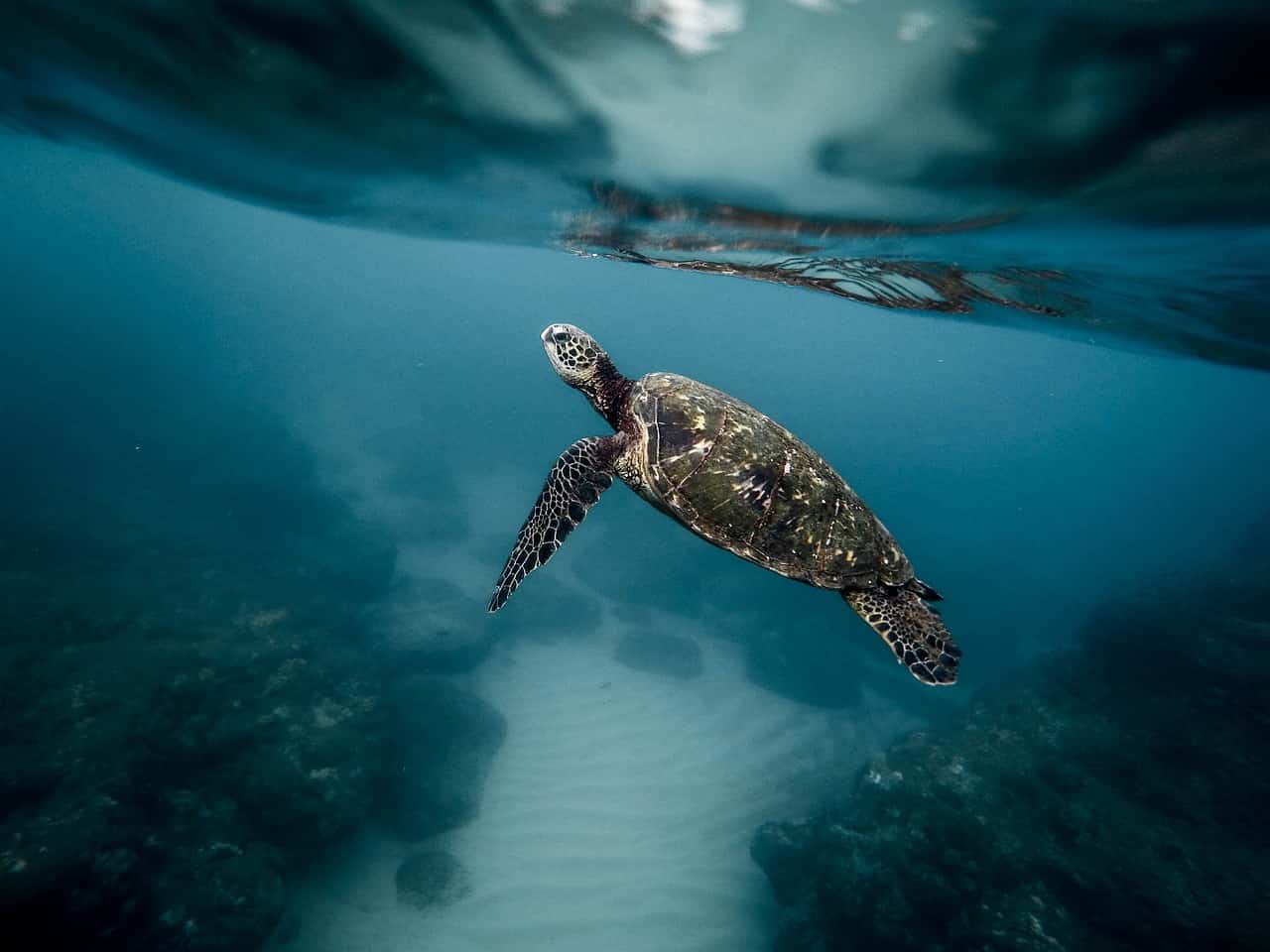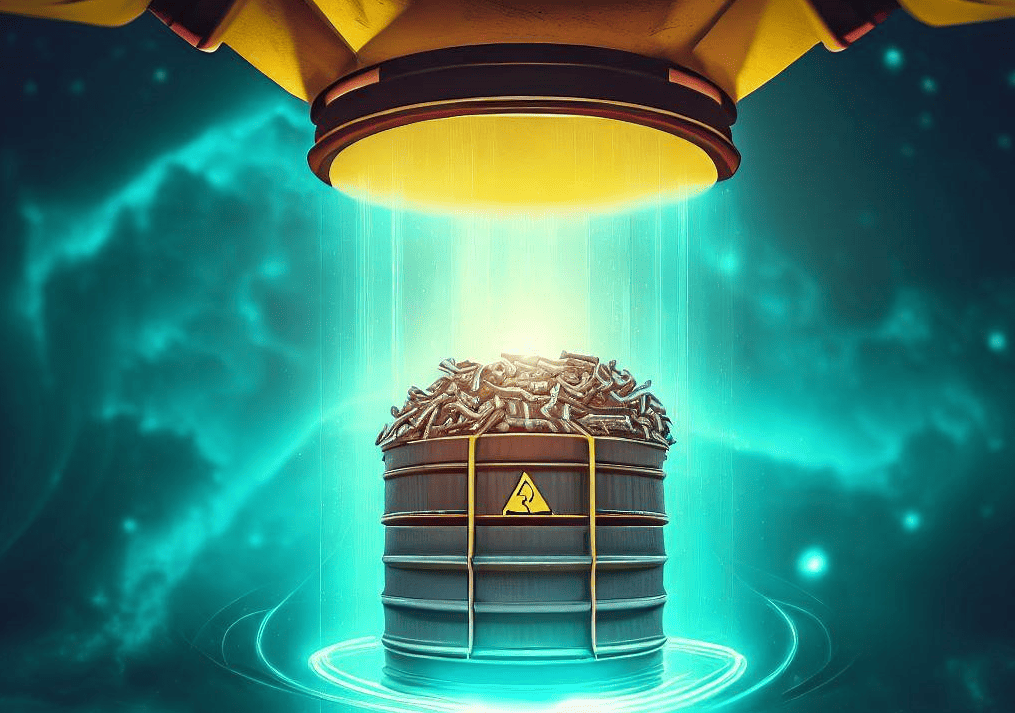
Radionuclides from nuclear activities have spread widely and stick around in ecosystems for a long time. In the US alone, up to 80 million cubic metres of soil and 4.7 billion cubic metres of water are estimated to be contaminated by past nuclear activities.
When exposed to fallout from nuclear weapons testing or accidental waste releases, the reptiles accumulate radioactive uranium isotopes in their shell scales. The finding could be useful for long-term monitoring of radionuclides – radioactive variations of elements – in nature. Much like tree rings offering a glimpse into earth’s climatic history, these shells contain layers that serve as timestamps of nuclear fallout periods. Published in the PNAS Nexus journal, the research highlighted the accumulation of uranium in the outer shells of chelonians – the reptilian group encompassing tortoises and turtles.
- Tortoise and turtle shells contain layers that act as timestamps of nuclear fallout periods, similar to tree rings reflecting climatic history;
- Research reveals uranium accumulation in chelonian shells from areas with nuclear contamination, allowing these shells to serve as records of nuclear activities over time;
- This discovery creates a new field of radioecology research, potentially enabling non-invasive measurements of radionuclide accumulation in these reptiles.
The Methodology
Researchers studied five different chelonians from natural history collections. Each creature was carefully selected from regions known for nuclear contamination. The research team focused primarily on extracting and analysing the uranium content found within the scutes, the hard, bony outer shell typically made of keratin. Remarkably, each layer of shell equates to one year of the animal’s life, providing a detailed timeline of the tortoise’s surrounding environment throughout its existence.
The shells of these resilient creatures act as a living record of their environment, capturing tangible evidence of nuclear activity over time. This research has found that the shells of tortoises and turtles can indeed accumulate uranium isotopes, effectively providing a historical record of nuclear activity. The discovery offers a unique and effective tool for long-term monitoring of radionuclides in nature.

Historical Nuclear Sites: Case Studies
Among the specimens studied was a sea turtle hailing from Enewetak Atoll, a location infamous for its history of nuclear tests. Despite the turtle not having been alive during the time of the testing, researchers still found uranium contamination in its shell, two decades after the tests concluded. This finding raises questions about the source of the contamination, suggesting the consumption of uranium-contaminated algae, or other legacy contamination present in the atoll, may have contributed to the presence of uranium in the turtle.
Also scrutinised was an eastern box turtle from Oak Ridge, Tennessee, in the United States. Oak Ridge is home to a nuclear facility that has been producing and processing uranium since 1943. The turtle, collected in 1962, may have bioaccumulated radionuclides, or radioactive materials, from uranium waste products in the area.
Implications and Future Directions
These findings support the idea that these animals, which often live a long time, can record information about human activity with nuclear landscapes over an extended period. This discovery opens up a new field of radioecology research, leveraging zoological collections in museums to assess the concentration of radionuclides in different tissues. Moreover, it raises the potential for non-invasive measurements of radionuclide accumulation in living turtles and tortoises.
Further into the future, the researchers hope to expand their studies to investigate whether turtles are still accumulating radionuclides and how these creatures can be studied to understand the modern environment. As we continue to grapple with the challenges and consequences of nuclear activity, these resilient reptiles may yet hold the key to unlocking more of the nuclear mysteries that lie ahead.








